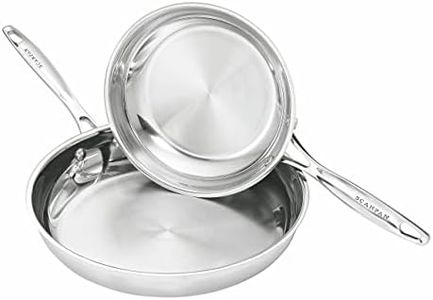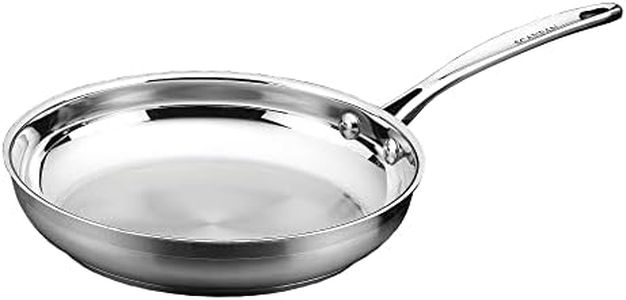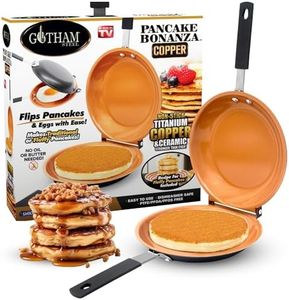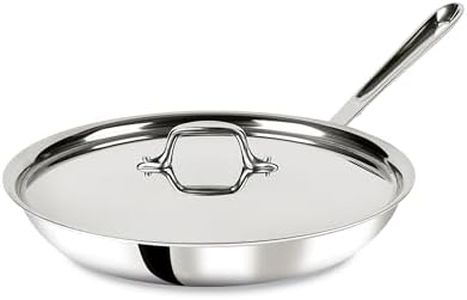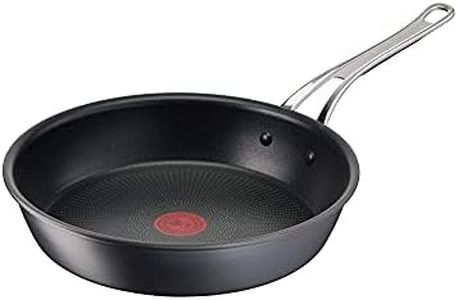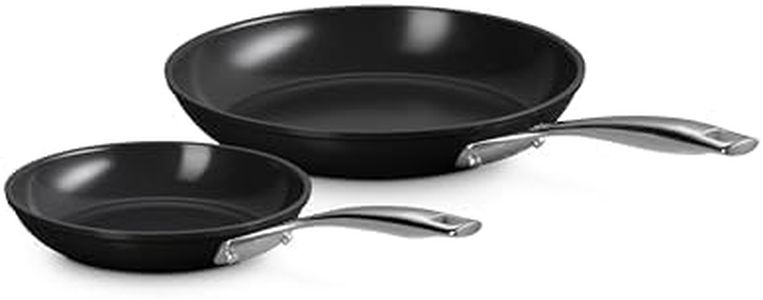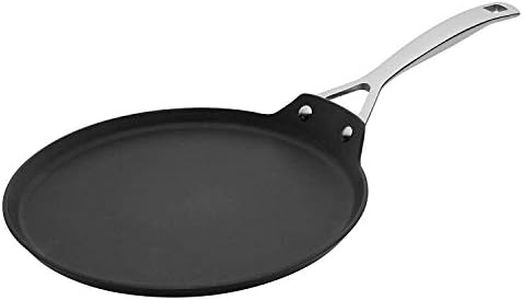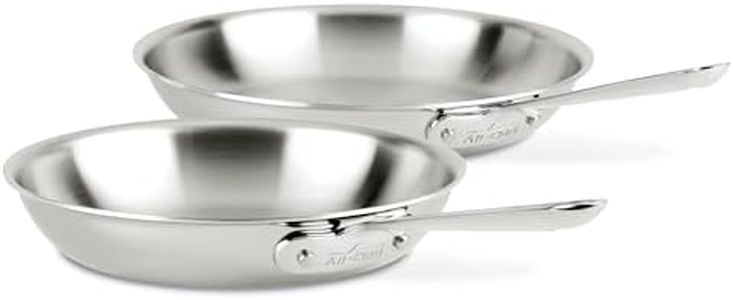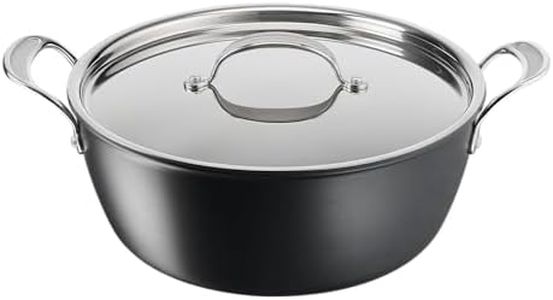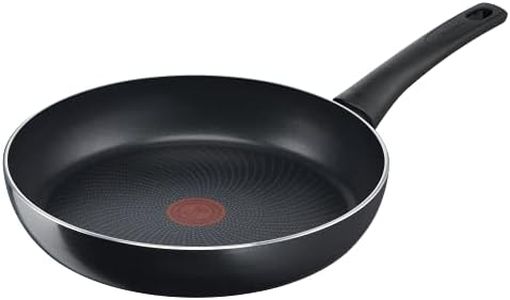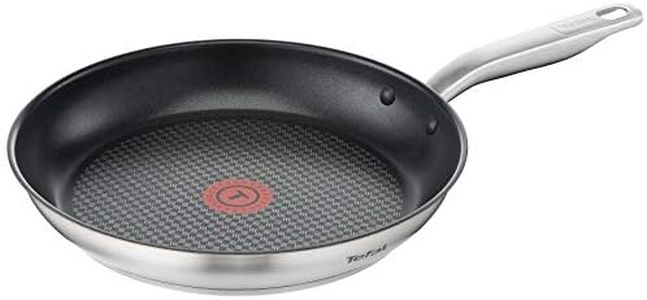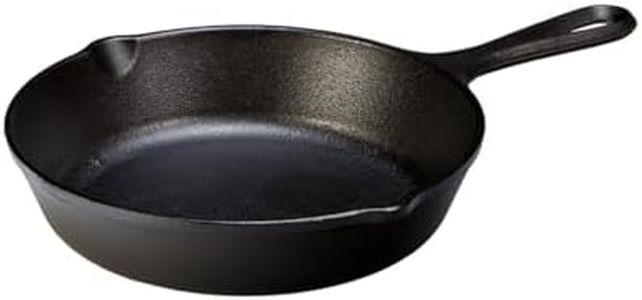We Use CookiesWe use cookies to enhance the security, performance,
functionality and for analytical and promotional activities. By continuing to browse this site you
are agreeing to our privacy policy
10 Best Omelet Pans
From leading brands and best sellers available on the web.Buying Guide for the Best Omelet Pans
Choosing the right omelet pan can make a big difference in how easy it is to cook and how delicious your omelets turn out. The ideal pan should make flipping, folding, and serving an omelet simple, while also being easy to clean and maintain. When choosing the best omelet pan, focus on the features that affect even cooking, ease of use, and durability. Think about how you like to cook, how often you plan to make omelets, and what other uses you might have for the pan in your kitchen.MaterialThe material of your omelet pan is important because it affects heat distribution, cooking speed, and how easy the pan is to clean. Common materials are nonstick-coated aluminum, stainless steel, cast iron, and carbon steel. Nonstick and ceramic-coated pans are easiest for making omelets since they help eggs slide out without sticking. Cast iron and carbon steel hold heat well and can develop a natural nonstick surface over time, but they usually require more care. Stainless steel pans are sturdy and long-lasting, but eggs can stick without proper technique. Choose nonstick if you prioritize easy clean-up and simple cooking, or choose other materials if you want a pan for a wider variety of uses.
SizeOmelet pans usually range from about 8 to 12 inches in diameter. The size affects how many eggs the pan can hold and how easy it is to flip or fold an omelet. Smaller pans (8 inches) are perfect for one or two-egg omelets and are easy to handle. Medium pans (about 10 inches) are great all-around choices for two to three eggs. Larger pans (12 inches) are ideal for making big omelets or for sharing, but can be harder to manage, especially when flipping. Pick the size based on how many people you usually cook for and your confidence with handling a larger pan.
Shape and Slope of SidesThe shape of the pan and the angle of its sides are crucial for easily sliding out or flipping an omelet. Pans with gently sloping sides make it much easier to fold and serve an omelet without breaking it. Flat or shallow rims allow you to use a spatula more effectively. If you like to cook other things, such as stir-fries or crepes, a pan with deeper sides might be more versatile. If your main goal is perfect omelets, look for gently sloped, shallow sides.
Handle Comfort and MaterialA comfortable and sturdy handle helps you control the pan while cooking and makes it safer to flip or move food. Handles can be metal, plastic, or silicone-coated. Metal handles may get hot, especially if the pan is oven-safe, so some kind of heat-resistant grip can be a plus for comfort. Ergonomic handles reduce hand fatigue during use. Pick a handle that feels secure and comfortable for your grip style—this is especially important if you have smaller hands or prefer a lighter pan.
Oven and Dishwasher CompatibilityIf you ever want to finish your omelet in the oven or use your pan for baking, make sure it is oven safe to a temperature that fits your cooking style. Some pans have plastic or rubber handles that can't withstand high temperatures. Dishwasher compatibility is about convenience—nonstick and some stainless or ceramic-coated pans are dishwasher safe, while cast iron and carbon steel need to be washed and dried by hand. Choose based on whether oven use or easy cleanup is more important for your routine.
